After finishing the launch of my podcast and my book, I felt like I could relax for a bit. It was almost a month before school starts, and I was feeling pretty good. Then a voice in my head said, “Hey! You have free time! Let’s do stuff!” So I thought about what I might like to do.
It didn’t take long for me to remember that I had had dreams of building a wooden canoe. I thought that was the kind of dream that would never actually happen, at least not until retirement, but apparently I was wrong. It’s happening!
This post is the first in a series about building a canoe. Here’s a list of posts on this topic. Consider it a table of contents.
- New Project: Building a Canoe
- Stripping My Canoe
- Getting My Canoe Ready for ‘Glass
- Installing Fiberglass
- Trim and Finishing My Canoe
As addenda, I built two paddles for my boat as well. I wrote about my double-bladed paddle and my otter tail paddle.
Yesterday I ordered a set of plans and bought some wood. Today I spent the afternoon with a friend who has some fabulous woodworking tools and we started slicing up some wood into strips.
The plans are from a place called Feather Canoes. I’m building a small canoe designed for one person to paddle with a double-paddle, like a kayak. I’m hoping that this boat will be more stable and more substantial than a kayak, but it’s about the same length as your average kayak. It will be about eleven feet long. The design was created by the late Mac McCarthy who built lots of these and perfected the design to his tastes. The design is called “Wee Lassie” and is based on a historic boat designed by another great canoebuilder, J. Henry Rushton, who popularized the lightweight DIY style that is the cedar strip canoe.
Day One
As soon as the plans arrived, I traced and cut the forms. I assembled a strongback earlier (a rigid horizontal platform which will hold the forms), so it was an easy job putting these pieces together.
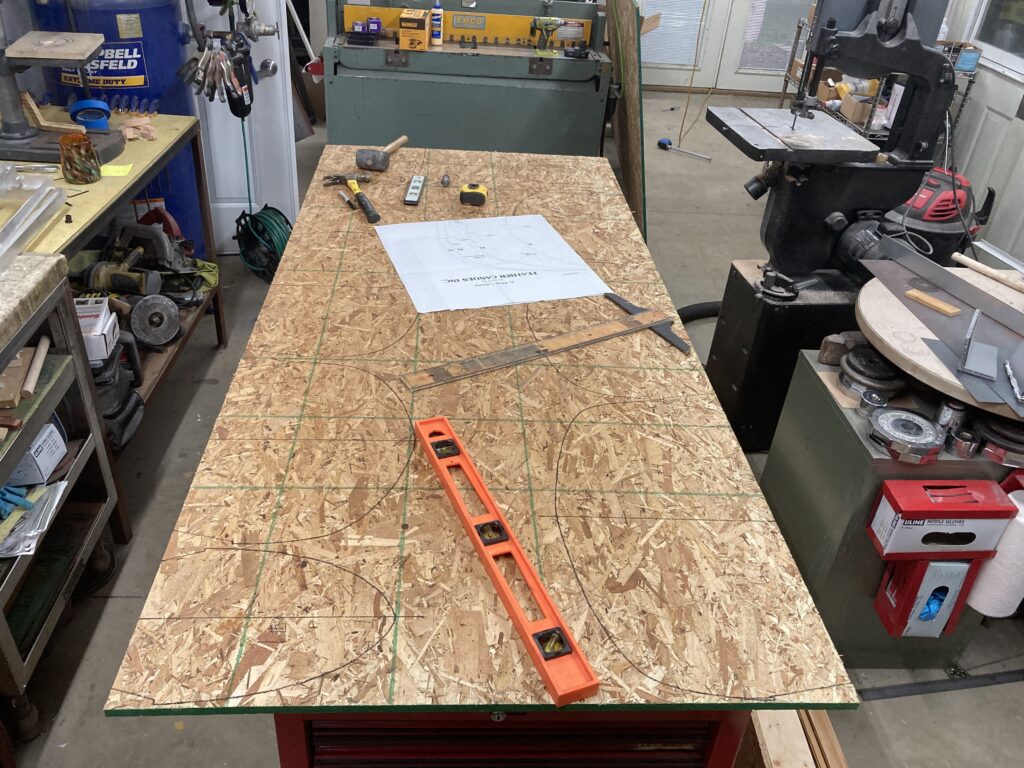
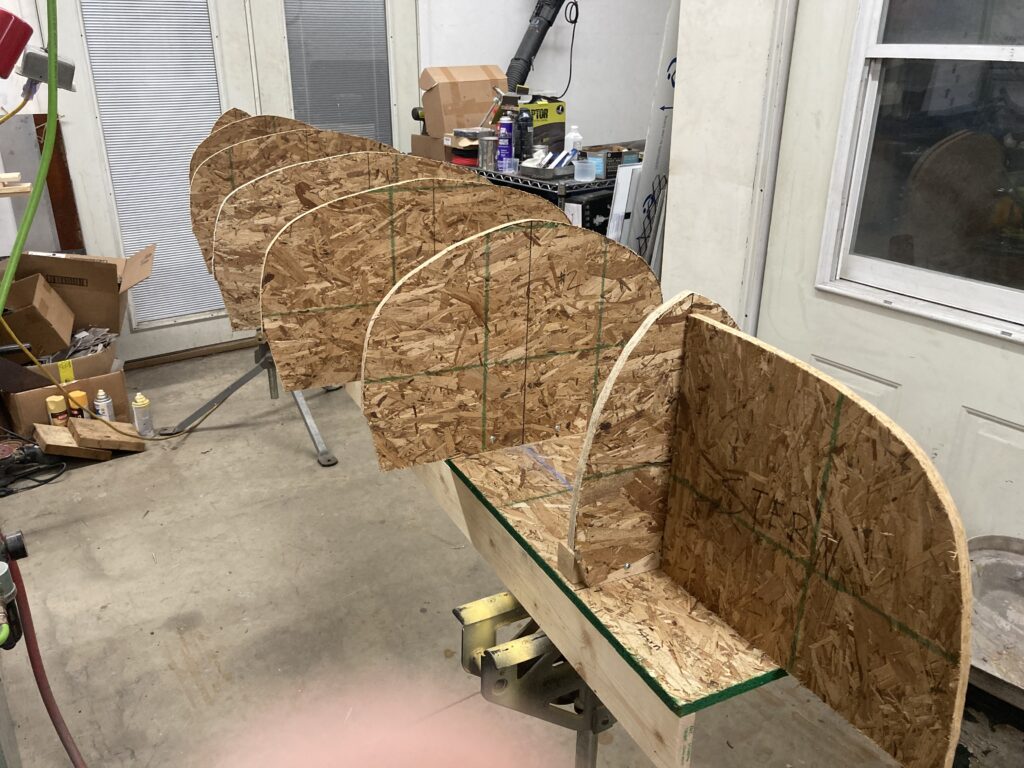
Day Two
One of the first things I had to do, before I could start stripping, was to bend the inner stems. These will effectively be the anchor points for the strips at the bow and stern.
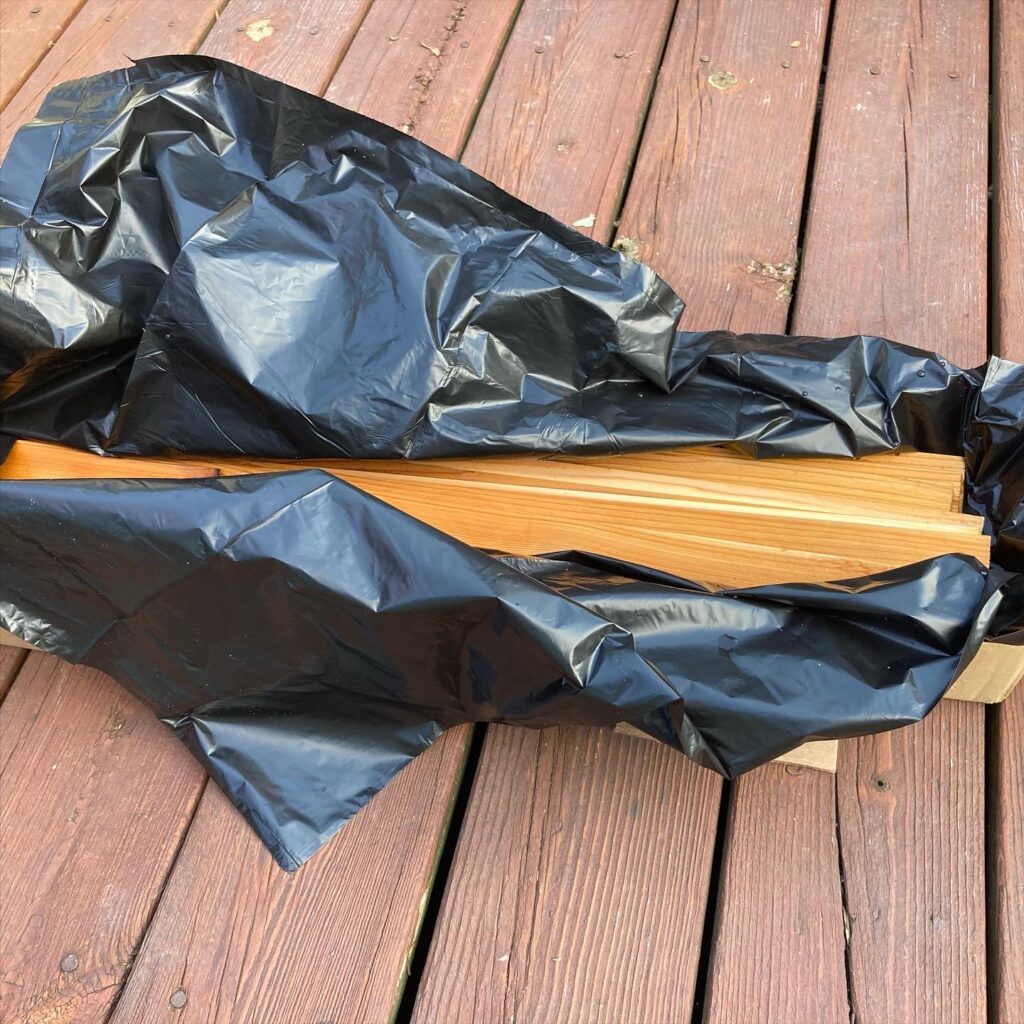

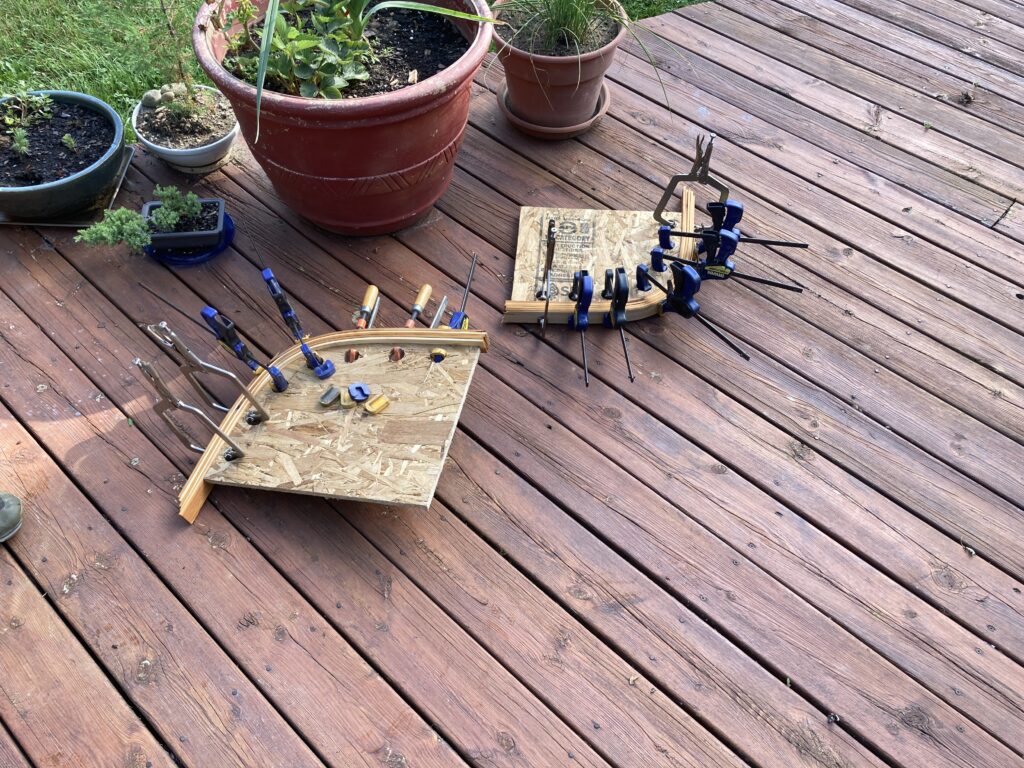
Building the inner stems worked, but if I had it to do again I would have used thinner strips. Because we were using a table saw, we could only set the fence so close to the blade. We created 3/16″ strips for this purpose. 1/8″ would have been better. And maybe I could have used a band saw to get a tighter cut. Because of the thicker wood, I got a crack at one point which I repaired later.
Next post: stripping the canoe!
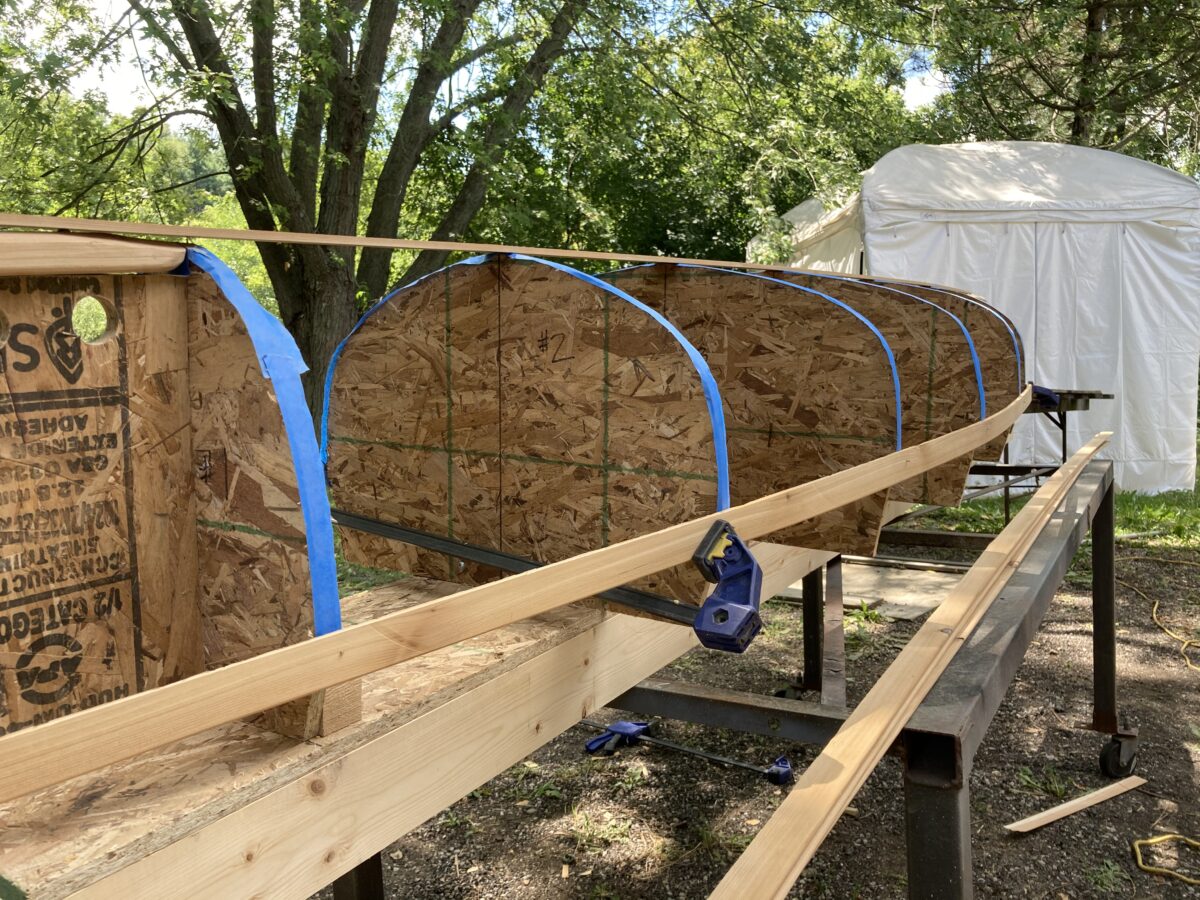
Leave a Reply